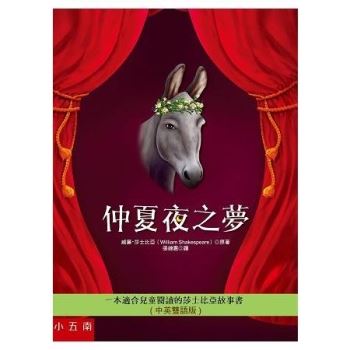Rice is the main household crop in the Maury irrigated perimeter. It plays a major role in the food intake of the local population. However, rice cultivation in this area faces serious constraints. On the one hand, yields found by growers are very low; on the other, yields vary from plot to plot. It is necessary to identify the factors responsible for this low yield, and to understand the causes of yield variability. It is with this in mind that this study was carried out. To this end, an agronomic diagnosis of rice cultivation on the Maury irrigated perimeter was carried out. It consisted of agronomic observations on a sample of thirty-three (33) farmers’ plots out of two hundred and seventy-eight (278) over a period of four (4) months, followed by interviews with rice growers. The sampling method chosen was stratified random sampling. The study focused on the following factors: varieties grown, seed source, growing environment, technical itineraries applied.
| FindBook |
有 1 項符合
Agronomic diagnosis of the rice crop (Oriza sativa)的圖書 |
 |
Agronomic diagnosis of the rice crop (Oriza sativa) 作者:Kenest 出版社:Our Knowledge Publishing 出版日期:2024-04-23 語言:英文 規格:平裝 / 68頁 / 22.86 x 15.24 x 0.41 cm / 普通級/ 初版 |
| 圖書館借閱 |
| 國家圖書館 | 全國圖書書目資訊網 | 國立公共資訊圖書館 | 電子書服務平台 | MetaCat 跨館整合查詢 |
| 臺北市立圖書館 | 新北市立圖書館 | 基隆市公共圖書館 | 桃園市立圖書館 | 新竹縣公共圖書館 |
| 苗栗縣立圖書館 | 臺中市立圖書館 | 彰化縣公共圖書館 | 南投縣文化局 | 雲林縣公共圖書館 |
| 嘉義縣圖書館 | 臺南市立圖書館 | 高雄市立圖書館 | 屏東縣公共圖書館 | 宜蘭縣公共圖書館 |
| 花蓮縣文化局 | 臺東縣文化處 |
|
|
圖書介紹 - 資料來源:博客來 評分:
圖書名稱:Agronomic diagnosis of the rice crop (Oriza sativa)
|










